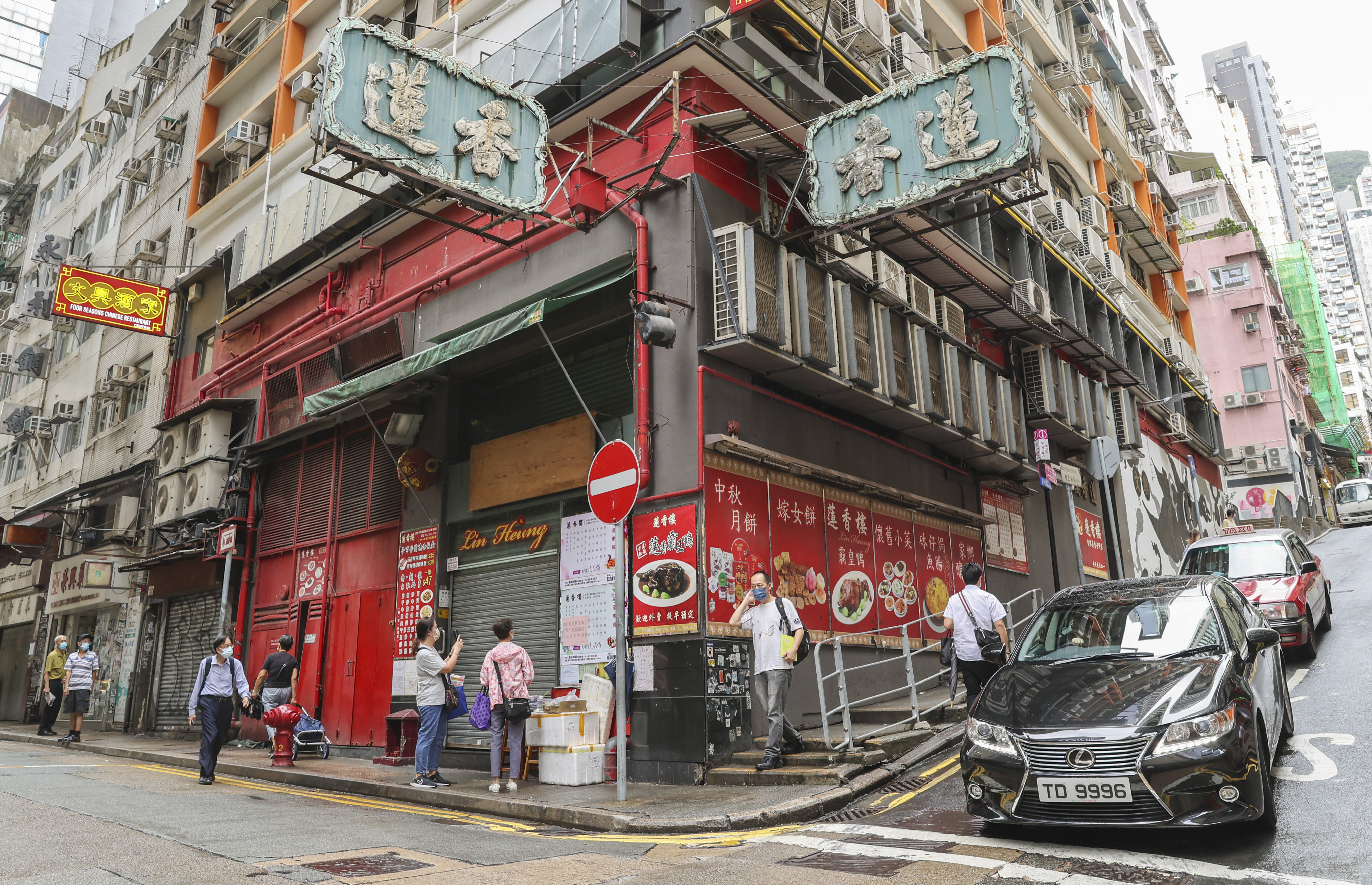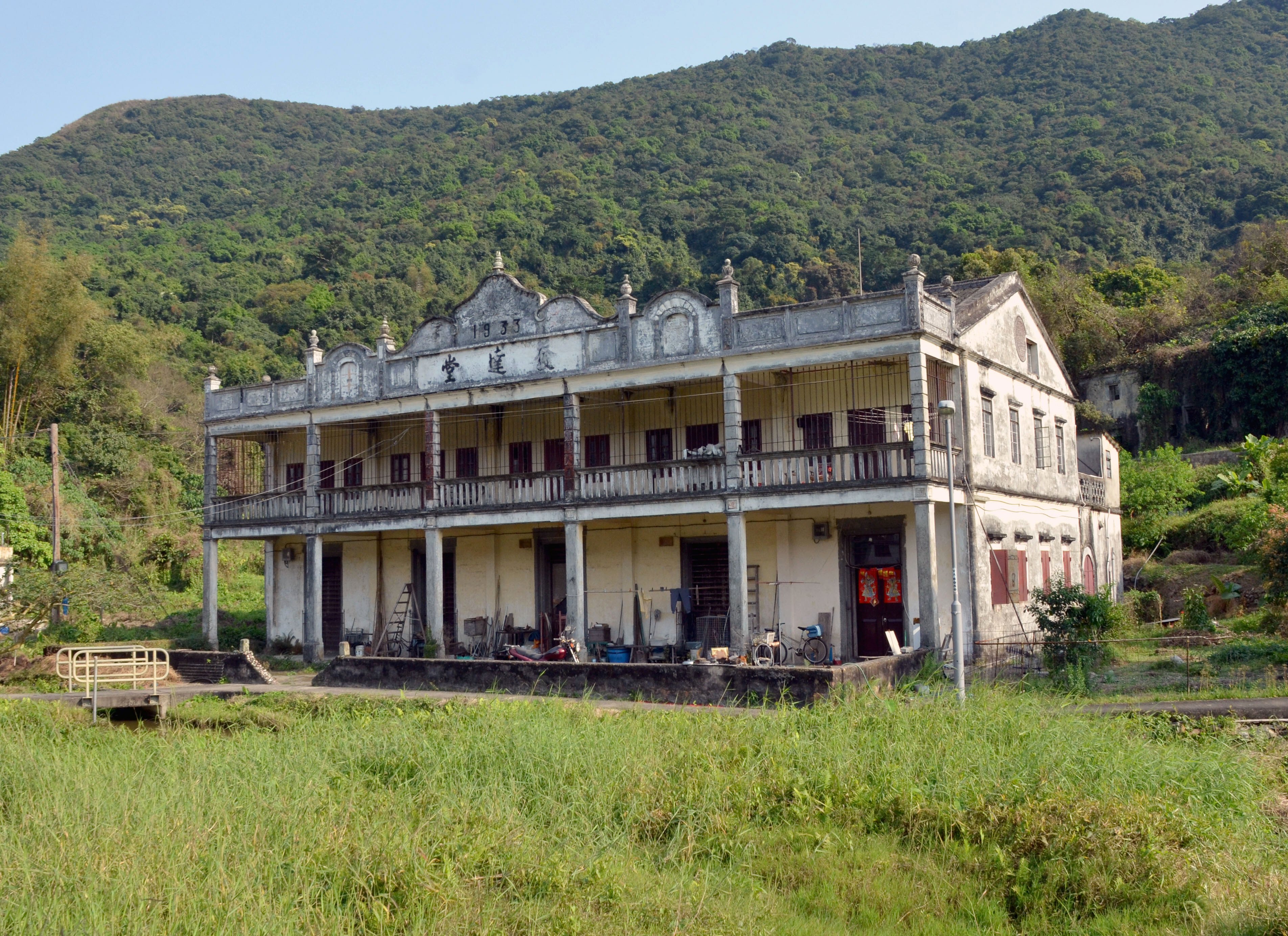
Topic

Follow us as we take a historical tour of Hong Kong's districts, exploring the intriguing stories behind the city's different neighbourhoods. From Soho before the escalator, and the colonial elite's dancing parties in 1920s Repulse Bay to Hakka farms and prowling tigers in Tsuen Wan's early days, we'll show you a different side to Hong Kong's districts, revealing what they used to be like before the highways and slick skyscrapers appeared.
The last-minute reprieve of the Shek Kip Mei underground reservoir highlights how a corner has been turned in the city’s protection of its heritage
After almost two decades of indecision, a developer has been found to turn the historic building in the heart of the city into a ‘vibrant place [for] people of all walks of life’; let’s hope the promise is kept.
Statues and place names of those whose contributions were harmful or damaging should be removed. But there should always be a place in public spaces for those who society considers great and can help us understand and respect our history.
There has never been a better time to explore or return to old Hong Kong haunts in search of fun and relaxation.
Wan Chai is evolving and changing as should be expected with so vibrant and dynamic a part of the city; the facility was out of place in such an environment
- Photographs of remote and deserted settlements, and interviews with former inhabitants, feature in Abandoned Villages of Hong Kong, a book by Stefan Irvine
- The book accompanies a photo exhibition at Blue Lotus Gallery by the British urban explorer, whose goal is to record the city’s past before it is gone for good
The Causeway Bay Typhoon Shelter is a photogenic reminder of Hong Kong’s early days, set against the backdrop of the city’s ever-changing present. Antony Dickson captures scenes from daily life there.
A trio of historic Hong Kong ‘squatter’ villages face destruction, destined to be replaced by homogenous residential blocks despite the efforts of historians, architects and academics.
Retiree files application for judicial review over policy barring him from public housing after he accepted compensation 30 years ago when his flat was demolished.
Long-abandoned venue screened films from 1931 to 1997 and is one of city’s two remaining cinemas from pre-war era.
Artist ‘Little Jade’ is on a mission to sketch Hong Kong’s ever-changing cityscape. ‘It’s important to capture their historical significance and beauty before they disappear,’ she says of the city’s old buildings.
Session in Beijing approves changing reporting line of Hong Kong and Macau Affairs Office from State Council to party’s Central Committee, sources say.
Neon signs were once synonymous with Hong Kong, but only around 150 remain. We’ve picked 11 of the best remaining examples – and tell you how to find them.
Antiquities Advisory Board to decide on Thursday whether veranda-style shophouse at No 190 Nathan Road should be reclassified as Grade 1 building.
Hong Kong’s old buildings – especially privately owned ones that can be destroyed at any time – need help from government, private developers and the public to be revived, so what’s being done?
The restaurant in Central, known for traditional dim sum that are increasingly hard to find, announced its closure, and that of its Tsuen Wan branch, on social media, a victim of pandemic disruptions its owners say.
In 1970, Hilton Cheong-Leen led the first walkout in the history of the Urban Council since it was established in 1883.
A bone analysis study of 13 neolithic fossils discovered in the Hong Kong island of Ma Wan found that the ancient residents there ate almost entirely seafood.
Ma Wan might have become the main British Empire trading settlement in southern China, not Hong Kong Island, but for a British army officer’s hasty survey in poor weather.
Authorities and advisers take into account residents’ collective memories and place as symbol for social equality.
The few valuable old buildings to avoid demolition in Hong Kong are those that are declared monuments. We pick five for an alternative tour of the city, with lunch stops included.
Readers oppose a proposal to remove street names associated with the city’s colonial past, disagree that quarantine rules for pilots are lax, and recount a bad experience with the public health care system.
Tours at underground reservoir in Bishop Hill at Shek Kip Mei will run until June 14 next year and last 90 minutes each, with English sessions held every Saturday.
The fate of the long-forgotten reservoir sparked a public outcry last December after its imminent demolition became known.
A rickshaw derby in Victoria Park, Causeway Bay, in August, 1975, was a great success but also heralded the end for an iconic Hong Kong mode of transport.
Heavy rains brought down a retaining wall next to a residential block in Hong Kong in 1925, knocking down seven buildings and killing 75, including ex-member of the Legislative Council Chau Siu-ki.
George Wan’s efforts to inspire others to explore the city through guided tours have earned him a nomination in the Spirit of Hong Kong Awards.
The city’s oldest street has always been a prime shopping, entertainment and commercial area, but did you know it used to have more squatter huts than fancy buildings?





























